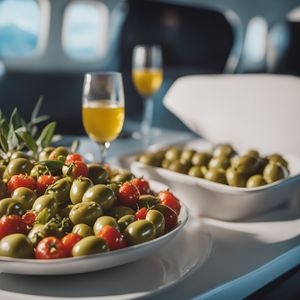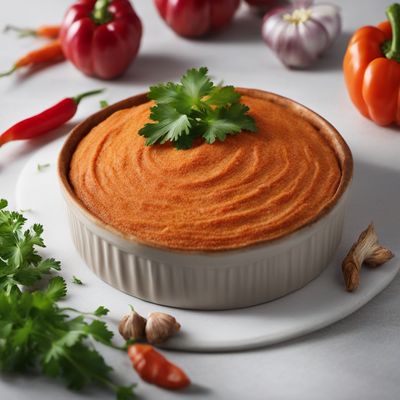
Dish
Tarteletter
Tarteletter is made by baking small pastry shells until they are golden brown and crispy. The shells are then filled with a mixture of diced chicken, vegetables (such as carrots, peas, and mushrooms), and a creamy sauce made from butter, flour, and chicken broth. The dish is typically served hot and garnished with fresh herbs or chopped vegetables.
Origins and history
Tarteletter has been a popular dish in Denmark since the early 1900s. It was originally served as a main course, but over time it became more of an appetizer or snack. Today, it is a staple of Danish cuisine and can be found in restaurants and cafes throughout the country.
Dietary considerations
Tarteletter is not suitable for vegetarians or vegans, as it contains chicken and butter. It is also high in calories and fat, so it should be consumed in moderation as part of a balanced diet.
Variations
There are many variations of tarteletter, including those that use different types of meat (such as pork or beef) or vegetables. Some recipes call for the addition of cream or cheese to the filling for added richness.
Presentation and garnishing
Tarteletter can be presented in a variety of ways, including on a platter or in individual serving dishes. It can be garnished with fresh herbs or chopped vegetables for added color and flavor.
Tips & Tricks
To make the perfect tarteletter, be sure to use high-quality pastry shells and fresh, flavorful ingredients. The filling should be creamy and well-seasoned, and the pastry should be crispy and golden brown.
Side-dishes
Tarteletter can be served as a standalone appetizer or as part of a larger meal. It pairs well with salads or other light dishes.
Drink pairings
Tarteletter is traditionally served with beer or other cold beverages, but it can also be enjoyed with wine or cocktails.
Delicious Tarteletter recipes
More dishes from this category... Browse all »

A-gei
Taiwanese cuisine

Abará
Brazilian cuisine

Aburaage
Japanese cuisine

Acciughe sotto pesto
Italian cuisine

Accra
West African cuisine

Aggala
Indian cuisine

Airplane Olive
Greek cuisine

Alaisa fa'apopo
Samoan cuisine



